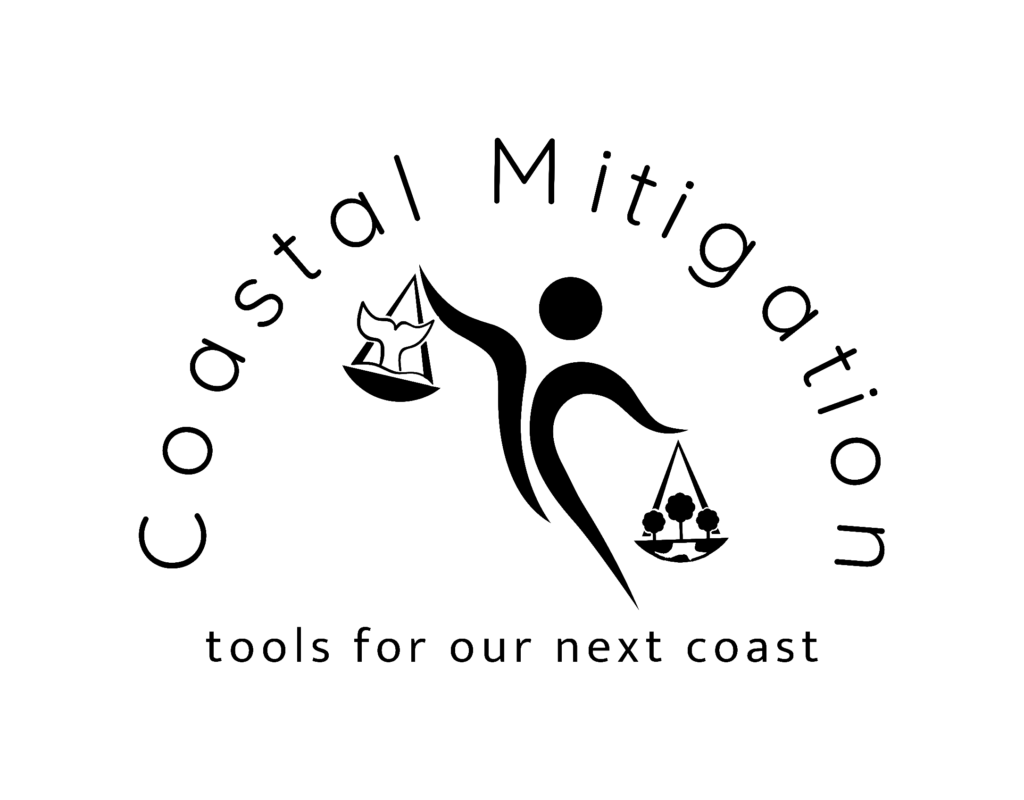
Overview
Our first phase produced and over of out-of-kind mitigation and general guidance applicable across the coastal zone in all or most settings (ecological community-independent) emphasizing both ecological structure/functioning and ecosystem services as common currencies with which we might design or assess a potential out-of-kind, off-site effort.
Phase 1 Report
Click a button to download our report here:
Feedback
We appreciate any and all feedback you might have on our report, be it general or specific. Please click the thumbnail below to access our feedback form:

Getting Started
While most folks will probably simply dive straight into our report, below are several other additional points of entry to the content in our report and our current thinking about out-of-kind mitigation. You are welcome to explore any or all of these material before or after exploring our report.
Summary
Our Phase 1 report outlines a framework for addressing a growing challenge in coastal resource management: the need for effective out-of-kind compensatory mitigation. Traditional in-kind, on-site mitigation options are becoming increasingly limited, prompting the need for alternative approaches. Greater utilization of out-of-kind mitigation approaches will require a heretofore novel “common currency” framework, emphasizing both the importance of considering ecological structure/function (something frequently done) and the ecosystem services (something unconventional) that benefit humans. This framework utilizes a “sliding scale” approach to determine the potential equivalency of mitigation projects, balancing the similarity of the mitigated resource to the original impact with the rigor of the assessment. Furthermore, a proactive approach to exploring out-of-kind mitigation, leveraging pilot projects and phased implementation to develop best practices is best suited to producing protocols as quickly and confidently as possible. Our proposed COMET (Compensatory Out-of-Kind Mitigation Evaluation Tool) framework aims to provide a more holistic, equitable, and ecologically sound approach to compensatory mitigation decision-making across the varied ecosystems and settings of California’s coastal zone.
Video Introduction to our Report
Experimental AI Discussion of Our Paper
These are experimental AI-generated discussions of our papers via NotebookLM. While these may have some utility for folks new to the world of compensatory mitigation, they do not fully nor correctly cover the entire scope of our report nor the breadth of its contents.

